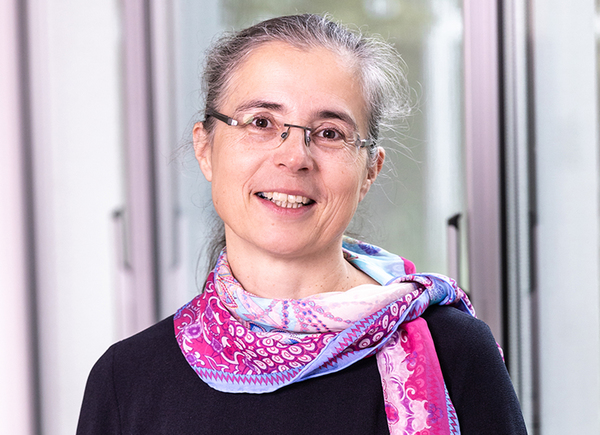The core objective of Open MINT Labs (OML) was to reproduce real laboratory experiments in the form of virtual laboratories in order to supplement university teaching, which is strongly oriented toward presence, including above all the internships that require a great deal of supervision, with digital formats. The offering, which includes multimedia materials and interactive simulations, was aimed primarily at students in the natural sciences and engineering.
Thanks to the modular structure of the virtual labs, students benefited from flexible preparation and follow-up of the practical courses. In this way, it was possible to take into account the increasing heterogeneity of today's student body, their different life situations, learning requirements and performance levels. In addition, what was learned was motivated and deepened with authentic application examples, for which OML cooperated with regional companies.
Within the second funding phase, more than 120 virtual laboratories were created. Embedded in a blended learning lab concept, they combine elements of traditional classroom teaching (such as lectures, exercises and practicals) with online self-learning phases for students and meet the needs of teachers. The project results were anchored at the universities and flank the student life cycle - starting with the use in bridge courses, lectures and internships up to the preparation close to the job.
For quality assurance purposes, the Center for Quality Assurance and Development at the Johannes Gutenberg University conducted evaluations accompanying the project. In addition, the external project partner at the University of Koblenz-Landau investigated the transferability to school STEM teaching, for which thematically selected virtual laboratories from the university context were adapted and barriers to transfer were identified. Another participant in OML was the Virtual Campus Rhineland-Palatinate (VCRP), which technically supported OML with the learning management system OpenOLAT.
The active participation in the scientific networking in the form of conference contributions and publications for the interested (professional) audience made it clear that the project OML is unique in its kind in Germany - especially with regard to the didactic concept as well as the professional breadth.
| Consortium | Trier University of Applied Sciences, Kaiserslautern University of Applied Sciences, Koblenz University of Applied Sciences |
| Duration | April 2012 - March 2021 |
| Funded by | Federal Ministry of Education and Research (BMBF) in the Quality Pact for Teaching |
| Funding amount | 13,977,001 €, Trier University's share: 3,837,726 € |

Prof. Dr. Norbert Kuhn
Kontakt: n.kuhn(at)umwelt-campus.de
You are leaving the official website of Trier University of Applied Sciences